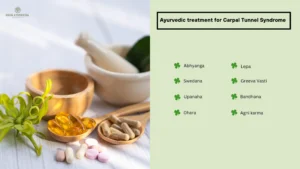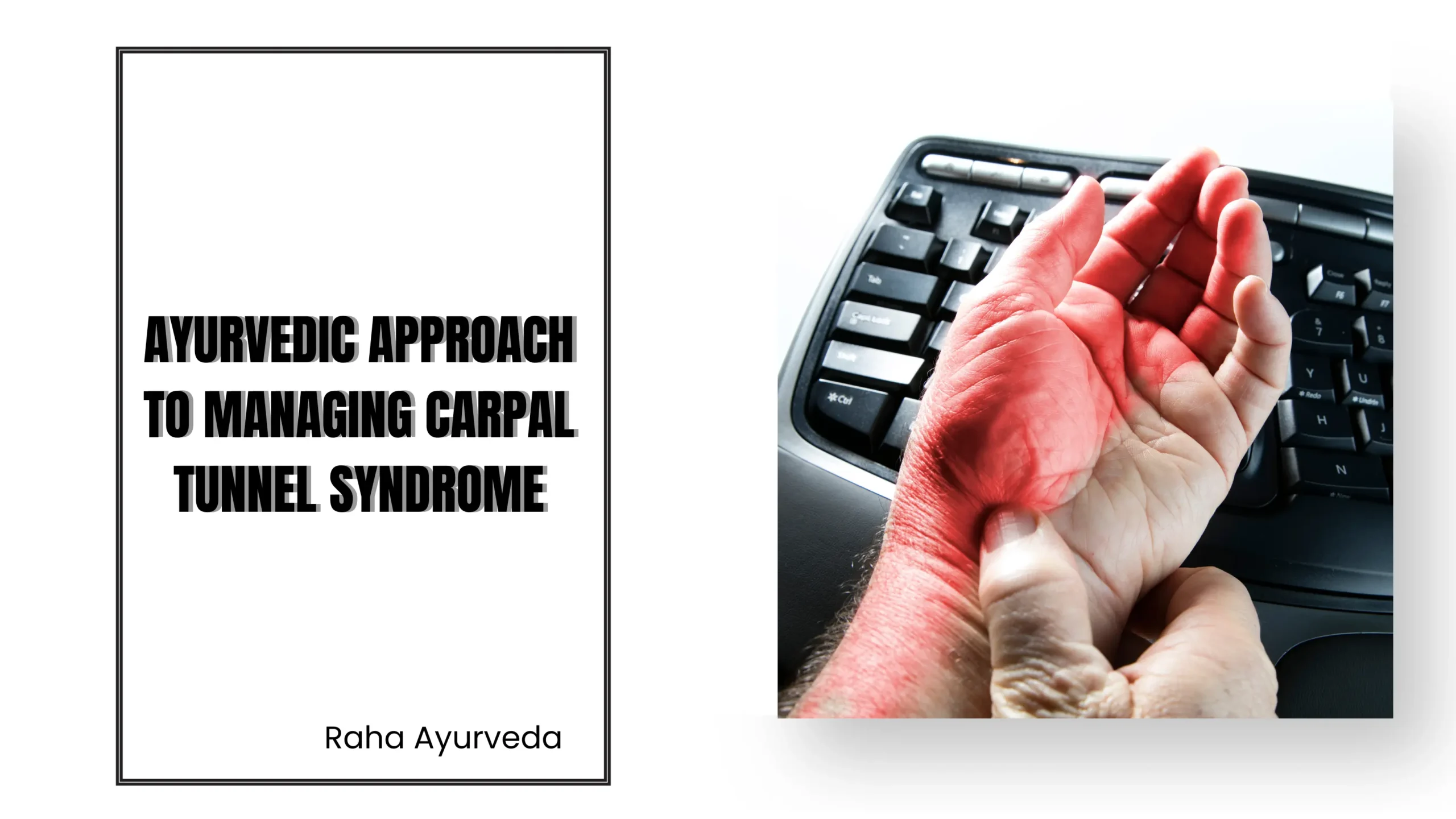A condition in which the median nerve is compressed as it passes through the wrist at the carpal tunnel affects the upper extremities is known as Carpal Tunnel Syndrome.
Carpal tunnels are narrow passages formed by bones and connective tissue on the palmar surface of the wrist. Carpal Tunnel Syndrome occurs when one or more tendons swell or degenerate, narrowing the canal. As a result, median nerve compression occurs.
In the general adult population, it affects 3% of people, with a predominance of females.
Causative factors
In most cases, Carpal Tunnel Syndrome is caused by the overuse of the wrist joint. This includes:
- Typical household activities.
- Vibrating tools are used in the work.
- The use of a computer mouse, prolonged writing, sewing, and playing instruments all require a strong grip.
The symptoms of Carpal Tunnel Syndrome can also be caused by the thickening of connective tissue or by the infiltration of peripheral nerves with amyloids such as primary (AL) or chronic hemodialysis amyloids.
The syndrome is associated with pregnancy, edema, trauma, osteoarthritis, inflammatory arthritis, hypothyroidism, malunited colle’s fracture, and diabetes mellitus.
Clinical features
- Symptoms include pain, numbness, tingling, and burning sensations in the thumb, index finger, middle finger, and thumb side of the ring finger.
- Symptoms begin gradually and become worse at night.
- It is possible for the affected individual to experience arm pain during the later stages of the disease.
- As the condition progresses, the muscles at the base of the thumb waste away.
- Performing activities is also difficult for those affected by this condition.
- Both wrists are commonly affected by the condition.
Carpal Tunnel Syndrome in Ayurveda
The symptoms of Carpal Tunnel Syndrome can be related to those occurring due to vitiation of the vata dosha. Pain, tingling sensations, muscle wasting, weak grip, and other symptoms of triggered vata dosha are also seen as symptoms of Carpal Tunnel Syndrome. In addition to vitiation of the vata dosha, this disease also shows aggravated kapha dosha symptoms.
There is a correlation between the later stages of the disease and the Ayurvedic disease Viswachi.
Carpal Tunnel Syndrome treatment options
In order to manage Carpal Tunnel Syndrome symptoms, it is necessary to restore the balance of the vitiated vata dosha. Furthermore, vata vyadhi can also be treated in the same way.
The Ayurvedic treatment for Carpal Tunnel Syndrome includes the following external therapies which have been found to be effective:

Abhyanga: During this procedure, medicated oil is massaged for 10 to 15 minutes over the affected area.
Swedana: A variety of fomentation methods can be adopted, including Patra Pinda Sweda, Shastika Sali Pinda Sweda, Nadi Sweda, and Pariseka Sweda.
Upanaha: A physician may prescribe that herbs or powder be tied to the wrist joints and left there for the prescribed amount of time.
Dhara: For symptoms predominant in Vata and Kapha, Kashaya Dhara, Taila Dhara, and other organic essential oils should be applied.
Lepa: A medicated paste is applied to the wrist joint.
Greeva Vasti: Applying medicated oils to the cervical spine can soothe nerves that control the hands, wrists, and fingers.
Bandhana: Applying medicinal oils or herbs to the area before bandaging.
Agni karma: When Carpal Tunnel Syndrome is unresponsive to other treatments, Agni Karma is a last resort.
To manage the disease, it is also necessary to take Ayurvedic supplements along with these ayurvedic therapies.
Lifestyle modifications and precautions to be taken
For the management of the disease, lifestyle modifications are necessary in addition to the therapeutic approach. Some of them are:
- Put a wrist splint on at night.
- Reduce light, dry, and cold food.
- Ensure that the affected part is massaged every day.
- Avoid activities that strain the wrist joint.
- Ice the wrist joint for 10 to 15 minutes at a time.
- Drinking alcohol and caffeine should be avoided
Our primary objective is to treat patients at their initial stage to clear inflammation and relax wrist muscles. The earlier the treatment begins, the better the results. In order to treat this condition, physical therapy incorporating yoga and following a strict diet will be required. This involves some exercises and physical procedures, including oil massages.

Leave a Reply